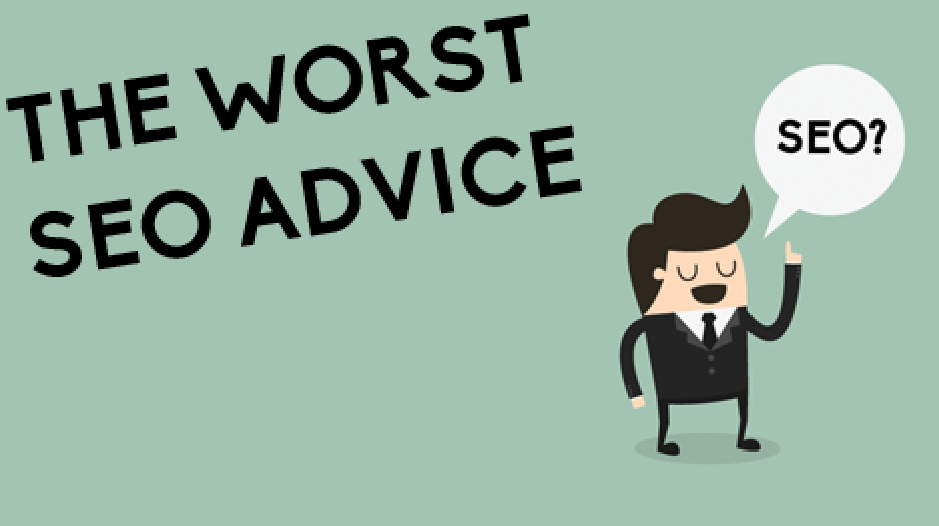
That’s a Bad SEO Advice
I just heard some absolutely horrible SEO advice. Full story:
So last night I went out to dinner with a friend of mine.
This friend runs a startup in Berlin that just got funding…which means that he needs to grow FAST.
After we order our food, he turns to me and says:
“I met with an SEO agency this week. And they had some interesting ideas.
They recommended that we create 150 blog posts, each one optimized around a long tail keyword. What do you think?”
My response: “Dude, honestly, that’s the worst approach to SEO I’ve ever heard in my life.”
I then went on to explain why the “publish a bunch of mediocre content optimized around long tail keywords” approach doesn’t work anymore.
To prove my point, I shared how I quickly grew Backlinko by emphasizing content QUALITY over quantity:
“Believe it or not, but you don’t need lots of content. In fact, when Backlinko had 9 posts I was already on the first page for competitive keywords, like “on page SEO” and “backlinks”.
Today, my blog has 37 total posts, which is significantly less than most blogs. As long as you create content that Google wants to see, you’ll rank for competitive keywords.”
The question is:
HOW do you create content that Google wants to see?
Fortunately, you don’t need to guess. As it turns out, Google hires hundreds of “Quality Raters” to help evaluate their search results.
And Google hands every rater a thick “Quality Guidelines” document. This document outlines EXACTLY what Google considers “great content.”.
Google updated the guidelines last month It’s a whopping 157 pages.
And to save you some time, I’ll show you the 3 most important takeaways from this document.
Takeaway #1: Google Loves “Comprehensive” Content
Google wants to rank content that FULLY answers a searcher’s question.
That’s why the guidelines document states: “An unsatisfying amount of
This guideline is in-line with my recent ranking factors study (we found that publishing comprehensive, in depth content can help you rank higher in Google).
So: how do you create comprehensive content?
Create long, in-depth content that covers 100% of your topic.
For example, this guide to video SEO weighs in at a whopping 4,234 words. Which makes it (by far) the most comprehensive piece of content about video SEO on the internet.
Takeaway #2: Google Doesn’t Like “Keyword Stuffing”
No surprise there.
But what might surprise you is Google puts keyword-stuffed content in the same category as content created with: “little to no time, effort, expertise, manual curation, or added value for the user.”
Ouch.
In other words, in the eyes of Google, keyword stuffing can destroy an otherwise awesome piece of content.
Fortunately, you can help Google understand what your page is about…without keyword stuffing.
In fact, I recommend a nuanced approach. Here’s a guide that outlines 9 of my favorite (white hat) on-page SEO strategies.
Takeaway #3: Google Is Fed Up With Clickbait
Google calls clickbait “exaggerated titles”.
They state that these titles: “can result in a very poor user experience when users click a link only to find that the page does not match their expectations.”
I agree. Clickbait can work in the short-term. But it almost always backfires when users realize they’ve been tricked.
The funny thing is: you don’t even need clickbait titles to get lots of clicks. Instead, I recommend using “The CTR Magnet Method”. You can learn exactly how this strategy works in this video.
Now these 3 takeaways are interesting…
But to me, what Google DOESN’T mention is just as interesting.
Note how the guidelines don’t say anything about “see if the site has at least X pages” Or “make sure the site is regularly updated”. That’s because those things don’t matter.
Instead of pumping out lots of content, I recommend focusing on the 3 guidelines I just shared with you.



